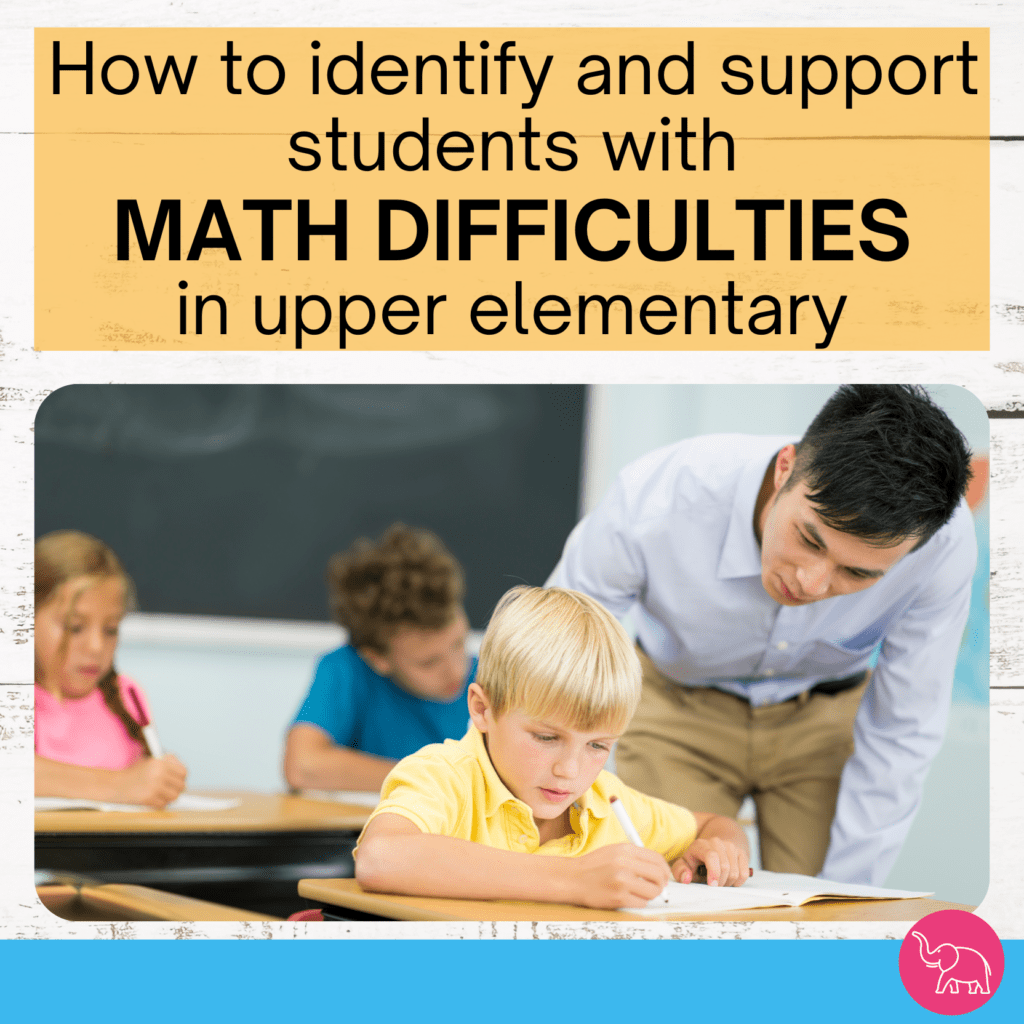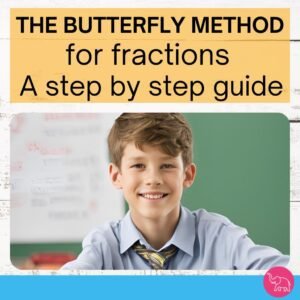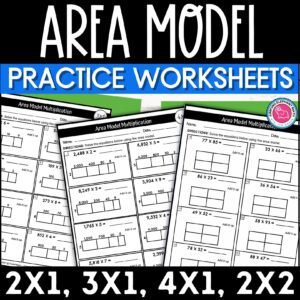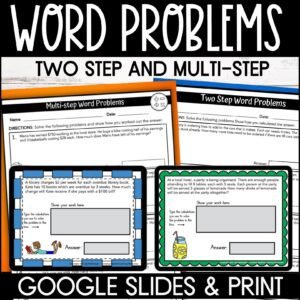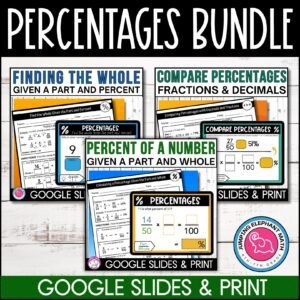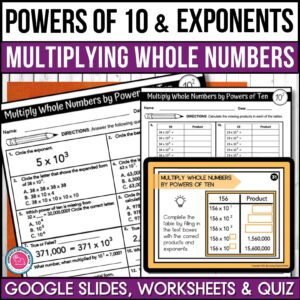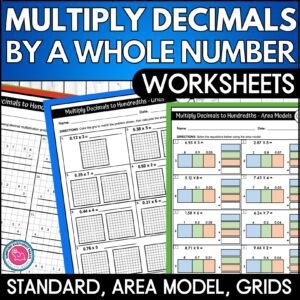What Type of Math Difficulties Do Students Have?
Many students find math challenging today and over the years I have supported and now specialize in teaching students who have math difficulties. Students all have their own potential to reach and I enjoy finding ways to enable that journey. I tell all my students that there is a way forward, it’s just finding THEIR way.
I encourage every attempt, every small step and I love the moments where students now tell me that math is their favorite subject!
There are a variety of ways that math difficulties can present themselves but overall, I look for persistent difficulties over time, a lack of progress, a high amount of guesswork and no ‘feel for numbers’, student frustration/anxiety and a lack of motivation to learn math.
Here are some questions you can reflect upon when trying to understand a students ability in math:
- Are the student’s grades in math lower than their grades in other subjects?
- Do the student’s answers on homework, quizzes, and tests show that they have difficulty understanding math concepts?
- Does the student avoid questions during the class?
- Does the student struggle to complete math assignments on time or require additional support to complete them?
- Are the student’s errors consistent, indicating a gap in their understanding of a particular concept or skill?
- Does the student struggle to solve problems that require multiple steps?
- Is the student’s pace of learning slower than other students in the class?
- Does the student seem disengaged or unmotivated in math class?
- Does the student have a history of struggling with math, or is this a new challenge for them?

Here are some common areas of difficulty I have encountered that have helped me develop IEPs and support for students:
Number sense and processing
- Subitizing has not been mastered. Additionally, estimations are unrealistic, and there are difficulties with comparing number sizes, for example, is 24 bigger or small than 27?
- Difficulties with using basic operations and how they interrelate. For example, I have students that do not see the connection between repeated addition and multiplication. I often see an over-reliance on addition as a strategy.
- Confusion over place values.
- Counting back proves difficult or inconsistent.
- Still using fingers or high reliance on visual aids and manipulatives to work out answers.
- Difficulty in recognizing number patterns.
- Errors when reading numbers, for example 1,093 may be read as 193 or 3,901 or will just say the part of the number the student can do eg 93 and not seeing the relevance of the other numbers.
Orientation/Spatial
- Confusion with left and right, clockwise and anticlockwise.
- Difficulties visualizing geometric shapes and how shapes can rotate or flip, reflections and drawing symmetrical patterns.
- Difficulties interpreting graphs and charts.
- Aligning multi-digit numbers when writing (or numbers that ‘float’ upwards or sink downwards across lines or across squares) or irregular spacing.
- Difficulties with properties of shape in terms of its size and dimensions.
- Describing position – where an object is in relation to another
- Capacity – I’ve found that students may not understand that a taller object can hold less or more than a wider object.
- Distance – identifying the most appropriate unit of measure or if I ask a student to show me with their hands or finders a mm/cm/m, it is incorrect.
- Difficulties decomposing a compound shape.
Memory and Recall
- Poor mental math skills
- Losing track when counting
- Slow to process and complete calculations.
- Difficulty remembering math facts, concepts, rules, formulas, sequences, and procedures and math vocabulary.
- Difficulty in transferring their knowledge of one concept from one context to another.
One of my students described the feeling of solving a problem as having to search for the right answer among a chaotic pile of playing cards, without any clear strategy or method. He compared it to trying to find one specific card among five packs of scattered cards on the floor.
Word Problems
- A high than usual level of difficulty with word problems. This includes identifying which strategy and the steps needed to solve a problem.
- Difficulties with inferencing, for example realizing that a problem that asks a student to find the amount spent in a week means converting the week to days.
- Confusion with operations signs or performing them in the wrong order.
Other
- Understanding abstract concepts such as time and estimating how long a unit of time such as a minute is.
- Difficulties understanding money.
How Can Teachers Help Students with Math Difficulties?

As a teacher and a parent of a neuro-diverse child, I believe there are several key elements to teaching students who struggle with math. The following are some suggestions that I find helpful:
- Early Identification: It is important to identify difficulties as early as possible so that appropriate interventions can be put in place. Look out for signs of difficulty (using the above lists if helpful) so you can refer the student for evaluation.
- IEPs and target setting: Following assessments or further evaluation, determine the needs of your student and develop a focused IEP with three to four targets. I usually break down these targets into small focus goals and ‘thread’ IEP targets into my math planning. I find it helpful to have a folder with IEPs next to me which I refer to during planning time so I can ensure I am making provision for those students.
- Enable don’t disable! It’s a mantra I say frequently. Find the balance between supporting a student and allowing a student to solve problems independently. It is quite easy to fall into solving a problem on behalf of a child and it’s important to recognize when we do this. See what a student can do and build on that.
- A multisensory approach: Use hands-on instruction that engages multiple senses and reinforces learning. Students with math difficulties may need more time using physical objects or manipulatives to represent mathematical concepts before moving on to visual representations such as charts and diagrams.
- High Expectations: No matter the student, I feel it is important to provide challenge, support and motivation to achieve. Emphasize the importance of persistence and effort.
- Overlearning: Students with math difficulties need more repetition and practice. Overlearning takes this a step further. Even when you feel a student has achieved a goal or mastered a concept, it is important to revisit that learning so that it becomes automated and stored in long-term memory. I use medium-term and review weekly and unit plans to factor in over-learning activities.
- A range of teaching methods: As teachers, the diversity of needs in a classroom is wide. You will be able to better accommodate these needs by using and combining a range of techniques including direct instruction, inquiry-based learning, collaborative learning, problem-based, hands-on learning, game-based learning and math projects.
- Build strong foundations in counting and place value: Counting and place value are fundamental concepts in mathematics. As they provide the building blocks for more complex operations, I usually re-assess these concepts to ensure these foundations are there. If not, I focus on ensuring that these math skills are mastered first.
- Collaborate with parents and other professionals: Understanding your student is essential. It is important to work collaboratively with parents and other professionals such as occupational therapists, psychologists, and special education teachers to develop a comprehensive plan of support for the student with math difficulties.
- Pre-learning (vocabulary): To help prepare students with math difficulties for a new topic, I use small group interventions to introduce key math vocabulary and complete math vocabulary activities. It also gives me a chance to connect new vocabulary to prior learning.
- Professional development: Teachers are very skilled at reflecting on their own practice. It’s important to consider if there are any areas of math that could benefit from additional training.
- ‘Forward’ Questioning: Students with math difficulties may find questions that prompt them to remember the next step helpful, for example, what do you need to do first? Or how should we check our answer?
- More Scaffolding and Differentiation: I think these are even more important for students with math difficulties. A concept may need to be broken into even smaller chunks and instruction tailored to targets and needs
- Technology: Assistive technology such as specialized software or equipment can be helpful for students with math difficulties. For example, calculators with large buttons or speech output and software programs that use visual and auditory cues can help reinforce learning.
I hope you have found some of these tips useful for building an overall approach to supporting students.
Happy teaching!

